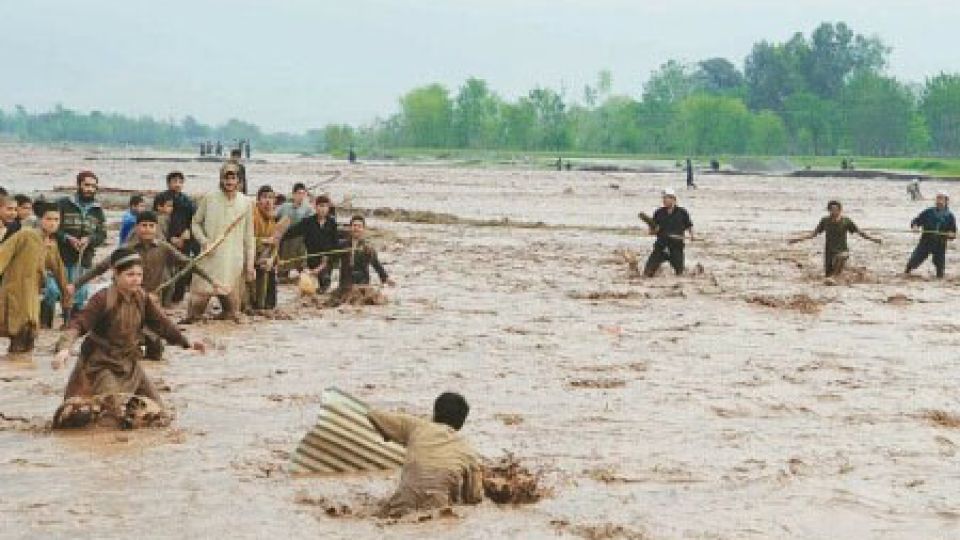April 30, 2024
ISLAMABAD – THE year 2023 is a sobering reminder of the tumultuous relationship Asia has with climate change and how this change appears to be gaining momentum each year. According to the World Meteorological Organisation, Asia bore the brunt of climate and weather disasters last year, with temperatures in the region climbing almost 2°C above the historical average. This warming has led to more frequent and severe weather phenomena, from debilitating heatwaves to devastating floods. Pakistan finds itself grappling with these realities early this year.
The National Disaster Management Authority has issued warnings of ongoing severe weather conditions likely to persist until April 29, including potential flooding and storms that threaten to disrupt lives and livelihoods. These alerts come in the wake of a series of weather-induced calamities since February that have inflicted significant damage, with the death toll rising and infrastructure strained. This escalating frequency and intensity of weather-related disasters makes evident the need for Asian countries to bolster their meteorological capabilities and disaster preparedness.
For Pakistan, the challenge is twofold. Firstly, there is a pressing need to enhance the capacity and resources of the NDMA and provincial meteorological departments. This means investing in advanced forecasting technologies and expanding early warning systems to ensure timely and accurate weather updates. Secondly, we need a strategy for climate resilience. This would involve building and updating infrastructure to withstand extreme weather, ensuring sustainable agricultural practices so our food sources remain secure, and empowering local populations through community-based disaster-risk management programmes.
Every citizen must be made aware of their role in disaster preparedness and response. Moreover, the plight of farmers, highlighted by recent storms affecting the wheat harvest in Punjab, makes a strong case for agricultural reforms. Policies that support crop insurance, improve access to weather-resistant seed varieties, and promote water conservation techniques are vital. Such reforms will help stabilise agricultural output and safeguard farmers’ incomes against the caprices of climate.
On a regional level, Asian countries must work closely on climate action initiatives. Sharing technology, knowledge, and strategies can amplify individual efforts and lead to regional resilience. Global cooperation, too, is key. Developed nations need to support vulnerable regions through funding, technology transfer, and capacity-building initiatives.
The writing is on the wall. The time for incremental steps is over. The scale of the challenge requires bold, decisive actions that reflect the urgency of the moment. For Pakistan, and Asia at large, building resilience is no longer a matter of choice but a necessity for survival in an era marked by unprecedented climatic upheaval. As we advance through 2024, let this be the year when we all proactively ensure that our communities are safeguarded and that the future is secure against the inevitable next storm.


